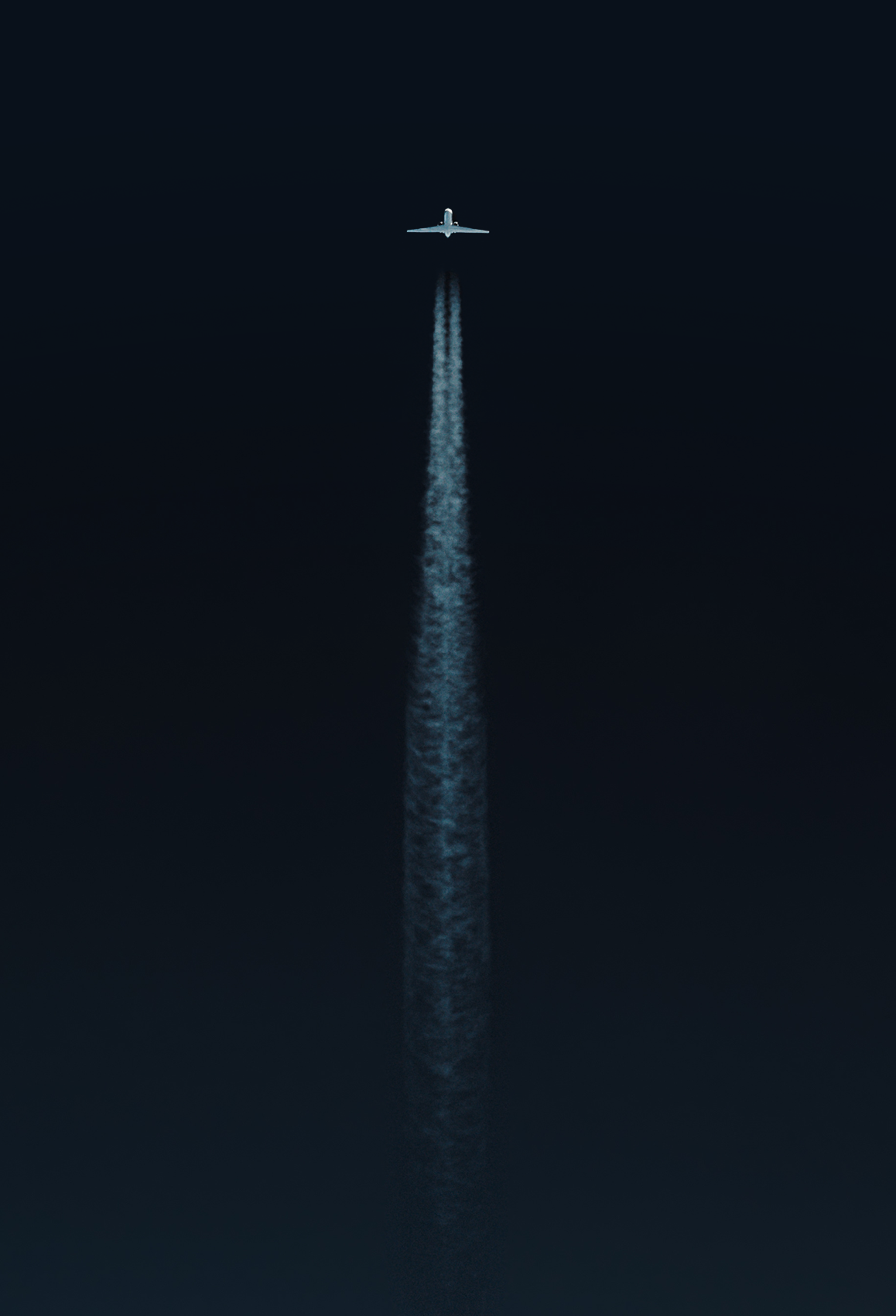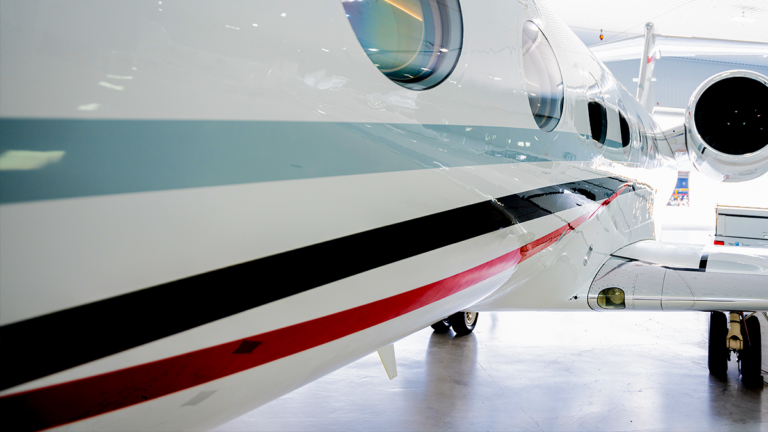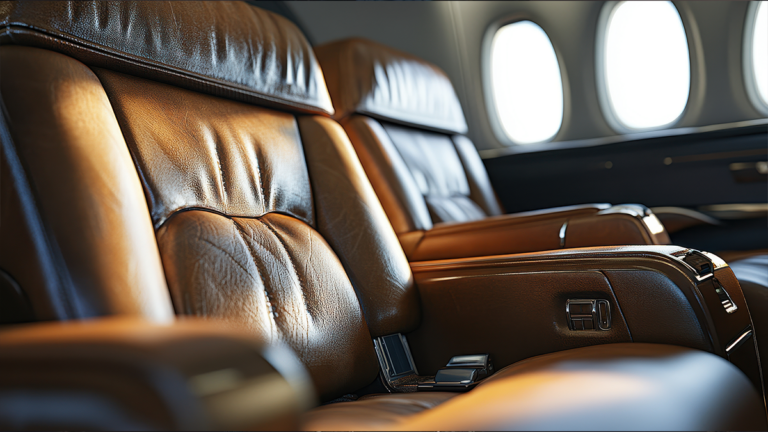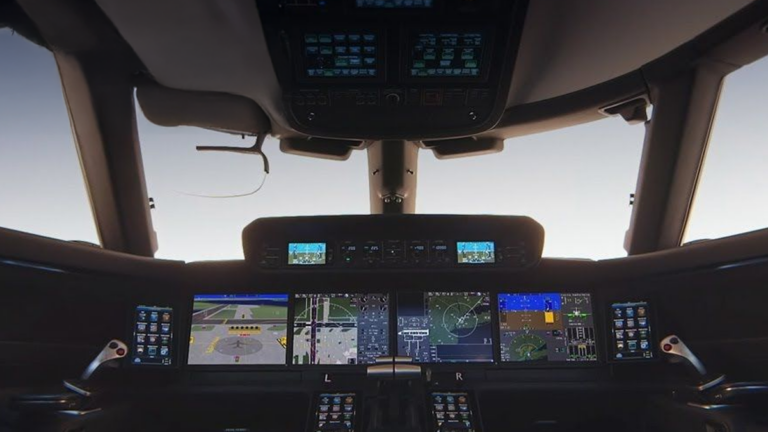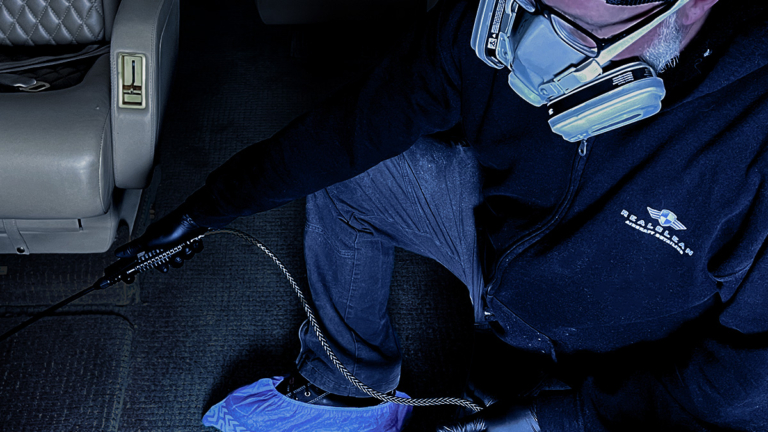- Aircraft Detailing
Exterior Services
Interior Services
Packages
- Specialized Services
- Transform the appearance of your aircraft from old and faded to a brilliant, brand-new look without the drawbacks of conventional repainting methods.Breathe new life into the interior of your aircrafts with our specialized Leather Repair and Re-Dye Service. Transform your aircraft’s leather seating and upholstery from worn to wonderful without the need for costly replacements.Elevate the clarity and appearance of aircraft windows and transparencies without the need for costly replacements. The specialized Window Restoration & Polishing Service provides the perfect solution for scratched or damaged aircraft windows.Ensure a safe and compliant travel environment with our Disinsection Service, designed to meet WHO guidelines for controlling mosquito-borne disease transmission on aircraft.
- Packages
This complete revitalization service transforms both the exterior and interior
Subscription program designed to keep your aircraft in top condition all year long.Transform your aircrafts interior, ensuring your aircraft looks and feels pristine.A comprehensive 360-degree cleaning and protection service for your aircraft.Quickly refresh your aircraft between flights, ensuring it’s clean and ready for the next departure.The ideal choice for aircraft owners seeking to restore their aircraft’s exterior to like-new condition.
- Locations
- About
- RealClean Aircraft Detailing has partnered with Franchise FastLane to ramp up franchise sales. RealClean Aircraft is a first-to-market franchise that provides interior and exterior detailing services for general aviation and commercial airplanes. The global market for aircraft cleaning and detailing services is a healthy one; Cognitive Market Research reports that its compound annual growth rate will be 6.3% from now through 2030.
- Get A Quote

Exterior SERVICES
At RealClean Aircraft, we specialize in delivering premium exterior detailing services tailored for aviation enthusiasts and aircraft owners. Our skilled team utilizes industry-leading products and state-of-the-art equipment to ensure every detail of your aircraft receives the care it deserves.

DRY WASH
Choose our eco-friendly, waterless cleaning method for your aircraft’s exterior, offering a radiant finish while complying with airport environmental regulations. This effective technique is preferred for its environmental compatibility and stunning results.
REAL TEAM
Our team of skilled technicians combines years of hands-on experience with a passion for aviation excellence. Learn more about the people who make perfection possible.
“Real Clean is absolutely amazing. The entire crew from top to bottom is fantastic! Real Clean is the only Detailing company we will use. First Class, top notch!!! Thank you so much gentleman!!! Until next time 👊🏻👊🏻”
“RealClean does an excellent job keeping our Falcon 7X looking great – both inside and out. They are always very accommodating. “
“RealClean Aircraft Detailing has been a Real Lifesaver for us. I have asked them to perform aircraft detailing tasks on a “on the go” timeline and they have never disappointed!”
“These guys know what they are doing. The proof is when another GA pilot/owner comes up to me on the ramp and asks, “how new is that paint job?” and when I tell him 10+ years, he looks at me like he doesn’t believe me.”
QUICK LINKS
LOCATIONS
Colorado
Illinois
